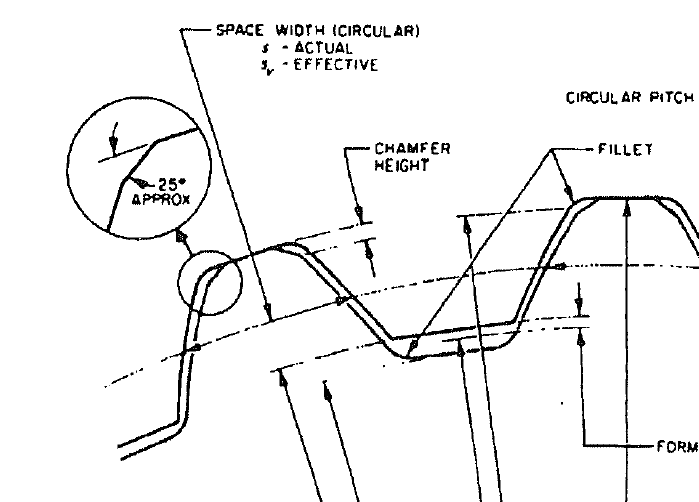JEMMERICH
Mechanical
- Oct 15, 2007
- 22
I am reverse engineering an internal involute spline and I am unsure what it is, it doesn't seem to be a DIN or ANSI design.
I believe it may be JIS?? It is a Komatsu part. My first question is: Is there a way to quickly identify a spline dp/MOD and pressure angle similar to identifying a gear using base pitch?
anyhow this is what i have
internal tooth
minor diameter: 45.00mm
major diameter: 50.00mm
1.546" across .2057" pins
any ideas?
Thanks, John
I believe it may be JIS?? It is a Komatsu part. My first question is: Is there a way to quickly identify a spline dp/MOD and pressure angle similar to identifying a gear using base pitch?
anyhow this is what i have
internal tooth
minor diameter: 45.00mm
major diameter: 50.00mm
1.546" across .2057" pins
any ideas?
Thanks, John

